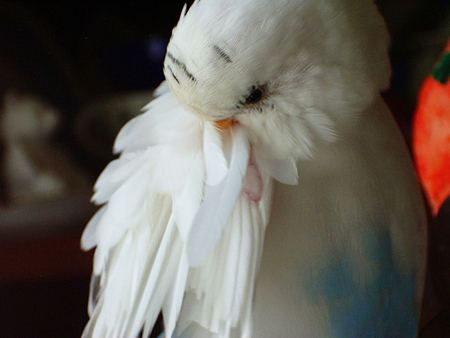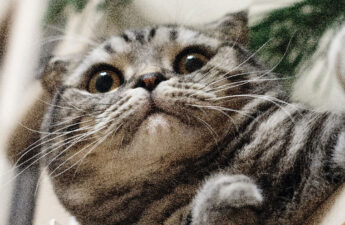Parakeets have a lot of feathers. If you’ve ever owned one you know how feathers will be found inside the cage, outside the cage and in almost every room of the house, even ones the parakeet hasn’t been in! While a bit annoying at times a parakeet’s feathers are actually a very important part of their body. Feathers can be a sign of illness, disease or other type of problem that the parakeet might be experiencing. Here are some of the great feather facts that’ll help you familiarize yourself with parakeet feathers.
Natural Parakeet Protection
Parakeets were once wild birds and flew around in the wild. That meant that they had to have a lot of protection against a lot of different elements from larger animals and even weather. Feathers are the parakeet’s natural protection against any climate or weather pattern change. In the winter it can be very cold and harsh conditions. The feathers serve as a protective barrier to these elements and prevents the birds from getting too cold or having to deal with hail or rain. Without these feathers the bird might die in the wild.

Feathers also prevent the bird from becoming soaked in heavy rains. The feathers are water resistant and prevent the bird from being weighed down by water and not being able to fly away from larger animals during rain storms. In fact the feathers even have a protective oil that the parakeet’s body produces that keeps the feathers water resistant. Just because it rains doesn’t mean that larger animals won’t hunt. That is why the parakeet needs to be able to fly in any type of weather.
Parakeet Feathers for Flying
Feathers actually aid parakeets in flying. The design, and layout of the feathers make the parakeet aerodynamic and able to fly. All parakeets have longer feathers on the wings and backside. These feathers serve as a balancing factor and help the parakeet stay airborne longer. Without the feathers all parakeets would be walking on the ground and not able to fly high in the sky.
Parakeet Illness Diagnosis
Feather loss is very natural when it comes to parakeets. All birds like to preen, groom and remove lose feathers and this is very very natural. However, in some cases feather loss can be an indication of other underlying diseases and illnesses. Usually if there are massive amounts of feathers there is a cause for concern.
A feather condition known as French Molt is caused by a virus and makes the parakeet’s feathers fall off and never regrow. While not all feathers are effected, the feathers that are involved with flying and balance are. This prevents the parakeet from being able to fly. French Molt is easily spread to other parakeets. If your parakeet shares a cage with other parakeets it is a good idea to separate it from other birds so they won’t contract this virus.
Other feather features can be spiky feathers or unnatural lying feathers can be a sign that there is another illness or disease with the parakeet. If the feathers look unnatural and you are concerned seek a vet’s advice.
Feathers are a way of life for all parakeets. They are nature’s defense against weather and water and now they serve as the parakeet owner’s way of diagnosing potential illness or disease.



